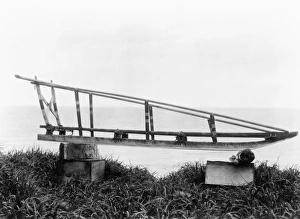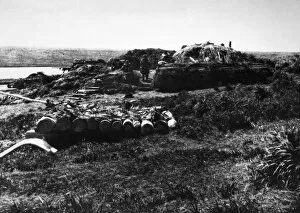Nunivak Island Collection
Nunivak Island, located in Alaska, is a captivating place where the rich culture of the Eskimo people comes to life
All Professionally Made to Order for Quick Shipping
Nunivak Island, located in Alaska, is a captivating place where the rich culture of the Eskimo people comes to life. The island is home to remarkable individuals who proudly display their traditional adornments. An Eskimo woman from Nunivak Island catches our attention with her nose ring and labret, showcasing her unique style. Another striking image captures Dahchihtok, a Nunivak woman adorned with intricate necklaces and earrings that reflect her heritage. The island's inhabitants have mastered survival in this harsh environment for centuries. A photograph taken in 1929 reveals an Inuit sled on Nunivak Island, highlighting the resourcefulness of its people. Kayaking plays a vital role in their lives as well; a kayak equipped for seal hunting stands as evidence of their skillful navigation through icy waters. Intriguingly, we catch a glimpse of an Eskimo man seated in his kayak preparing to throw a harpoon—a testament to the resilience and expertise required for successful hunts. Meanwhile, at Mihkoyak on Nunivak Island, we witness an Eskimo winter camp where men gather inside their house to seek warmth amidst freezing temperatures. Children are not forgotten on this remote island; six Eskimo children sit together dressed warmly atop a hill while another group of four sits near the edge of a cliff—each child representing hope for future generations steeped in tradition. Uyowutcha captivates us with his innocent gaze—an Eskimo child likely from Nunivak Island—reminding us that these ancient customs continue to thrive. Lastly, we encounter Joe Moses' mother carrying him tenderly—a heartwarming scene that encapsulates the love shared within families here. Nunivak Island serves as both a sanctuary and testament to the enduring spirit of Alaska's indigenous peoples—their vibrant culture preserved through generations despite changing times.


















